Related Research Articles

The Semi-Automatic Ground Environment (SAGE) was a system of large computers and associated networking equipment that coordinated data from many radar sites and processed it to produce a single unified image of the airspace over a wide area. SAGE directed and controlled the NORAD response to a possible Soviet air attack, operating in this role from the late 1950s into the 1980s. Its enormous computers and huge displays remain a part of Cold War lore, and after decommissioning were common props in movies such as Dr. Strangelove and Colossus, and on science fiction TV series such as The Time Tunnel.

The National Oceanic and Atmospheric Administration is an American scientific and regulatory agency charged with forecasting weather, monitoring oceanic and atmospheric conditions, charting the seas, conducting deep-sea exploration, and managing fishing and protection of marine mammals and endangered species in the US exclusive economic zone. The agency is part of the United States Department of Commerce and is headquartered in Silver Spring, Maryland.

Willard Frank Libby was an American physical chemist noted for his role in the 1949 development of radiocarbon dating, a process which revolutionized archaeology and palaeontology. For his contributions to the team that developed this process, Libby was awarded the Nobel Prize in Chemistry in 1960.

The National Hurricane Center (NHC) is the division of the United States' NOAA/National Weather Service responsible for tracking and predicting tropical weather systems between the Prime Meridian and the 140th meridian west poleward to the 30th parallel north in the northeast Pacific Ocean and the 31st parallel north in the northern Atlantic Ocean. The agency, which is co-located with the Miami branch of the National Weather Service, is situated on the campus of Florida International University in University Park, Miami, Florida.

The American Meteorological Society (AMS) is a scientific and professional organization in the United States promoting and disseminating information about the atmospheric, oceanic, and hydrologic sciences. Its mission is to advance the atmospheric and related sciences, technologies, applications, and services for the benefit of society.
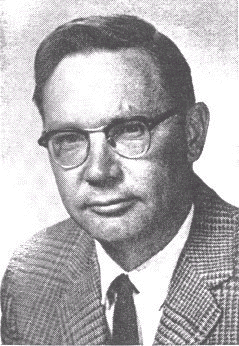
James Edward McDonald was an American atmospheric physicist and meteorologist. He is known for his scientific research in weather modification through cloud seeding, while working as an associate director at the Institute for Atmospheric Physics and a professor of meteorology at the University of Arizona in Tucson.

The US National Center for Atmospheric Research is a US federally funded research and development center (FFRDC) managed by the nonprofit University Corporation for Atmospheric Research (UCAR) and funded by the National Science Foundation (NSF). NCAR has multiple facilities, including the I. M. Pei-designed Mesa Laboratory headquarters in Boulder, Colorado. Studies include meteorology, climate science, atmospheric chemistry, solar-terrestrial interactions, environmental and societal impacts.

Aerospace Defense Command was a major command of the United States Air Force, responsible for air defense of the continental United States. It was activated in 1968 and disbanded in 1980. Its predecessor, Air Defense Command, was established in 1946, briefly inactivated in 1950, reactivated in 1951, and then redesignated Aerospace rather than Air in 1968. Its mission was to provide air defense of the Continental United States (CONUS). It directly controlled all active measures, and was tasked to coordinate all passive means of air defense.
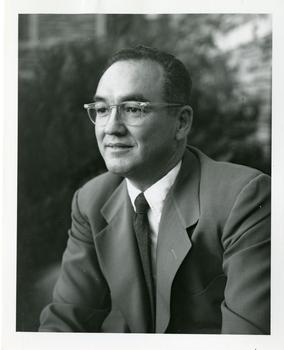
Walter Orr Roberts was an American astronomer and atmospheric physicist, as well as an educator, philanthropist, and builder. He founded the National Center for Atmospheric Research and took a personal research interest for many years in the study of influences of the Sun on weather and climate.

Lieutenant General Thomas Samuel Moorman was a senior officer in the United States Air Force who served as the fifth Superintendent of the United States Air Force Academy at Colorado Springs, Colorado.
The Environmental Science Services Administration (ESSA) was a United States Federal executive agency created in 1965 as part of a reorganization of the United States Department of Commerce. Its mission was to unify and oversee the meteorological, climatological, hydrographic, and geodetic operations of the United States. It operated until 1970, when it was replaced by the new National Oceanic and Atmospheric Administration (NOAA).
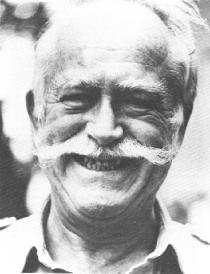
Albert Zugsmith was an American film producer, film director and screenwriter who specialized in low-budget exploitation films through the 1950s and 1960s.
The High Altitude Observatory (HAO) is a laboratory of the US National Center for Atmospheric Research (NCAR). HAO operates the Mauna Loa Solar Observatory on Hawaii and a research institute in Boulder, Colorado.
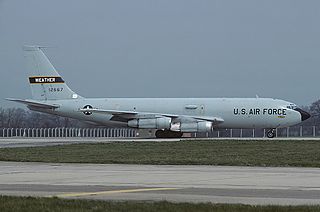
The 55th Space Weather Squadron is an inactive United States Air Force unit. It was last assigned to the 50th Operations Group at Schriever Air Force Base, Colorado, where it was inactivated on 16 July 2002.
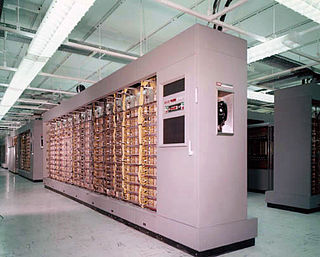
The 4620th Air Defense Wing is a discontinued wing of the United States Air Force. Its last assignment was with Air Defense Command (ADC) at Santa Monica, California, where it was discontinued in 1961. The wing was organized in 1955 to ensure that the Semi-Automatic Ground Environment (SAGE) air defense system, was compatible with ADC's operational requirements. It also performed operational testing and training on SAGE and earlier systems. Once SAGE started to become operational, the need for the wing no longer existed and it was discontinued, although one of its subordinate groups continued the SAGE training mission until 1962.
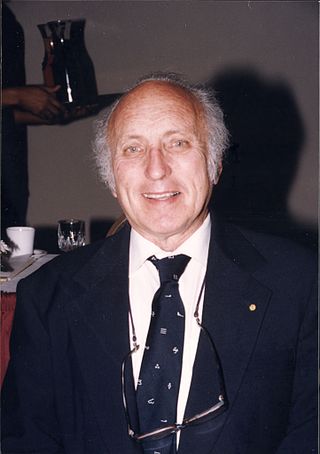
Edwin Kessler III was an American atmospheric scientist who oversaw the development of Doppler weather radar and was the first director of the National Severe Storms Laboratory (NSSL).
Max Franklin Millikan was an American economist, Professor of Economics at MIT, assistant director of the Office of Research and Reports at the CIA, and director of the MIT Center for International Studies.
Thomas Francis Malone was a noted American geophysicist best known for his contributions to atmospheric science and meteorology. His career ranged from a tenured academic appointment at the Massachusetts Institute of Technology, to a senior vice presidency at the Travelers Insurance Company, to dean of the graduate school at the University of Connecticut, then Director of the Holcomb Research Institute at Butler University, and finally Executive Scientist for the Connecticut Academy of Science and Engineering.
References
- "The Travelers Weather Research Center", Weatherwise, December 1954, page 159.
- "National Weather Research", New Scientist, September 25, 1958, page 902.
- "Thomas F. Malone (1917–2013)", Eos, American Geophysical Union, Vol. 94, No. 50, 10 December 2013, page 486.
- TRC Solutions (history)